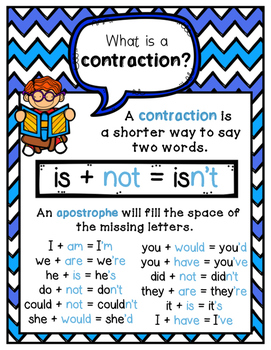Each pregnant girl who’s at her second or third semester of her being pregnant might possibly begin to experience false contractions or false labor pains which is often called as Braxton Hicks Contraction. Contractions are often described as a cramping or tightening sensation that begins in the back and strikes round to the entrance in a wave-like method. Apply contractions, a.k.a., Braxton Hicks contractions : These can occur any time after the middle of your pregnancy (or in no way). In the days or weeks shortly earlier than labor, Braxton Hicks contractions could turn into rhythmic, comparatively shut collectively, and even painful, presumably fooling you into pondering you’re in labor.
You could really feel a robust urge to bear down because the contractions pressure your baby down. Though there are numerous indicators that you simply’re in labor, probably the most dependable is when you begin experiencing consistent contractions. “The uterus surrounds the newborn, and when the uterine muscular tissues contract, that helps labor progress,” says Bart Putterman, M.D., an ob-gyn at Texas Kids’s Pavilion for Ladies in Houston.
True labor contractions throughout childbirth normally get nearer together, grow to be stronger, and occur at intervals that develop into closer collectively. However labor contractions normally trigger discomfort or a dull ache in your back and decrease abdomen, along with stress within the pelvis. She’ll probably be able to inform, as you speak by means of a contraction, whether it is the real factor — but only if you do not attempt to cover up the ache in the identify of excellent phone manners.
But chances are you’ll not have identified that there are several varieties of contractions, and experiencing them would not always imply you’re about to provide birth. When you’re a novice mother-to-be in your first being pregnant, chances are you’ll not discover them as a lot (or even at all) or wind up feeling them as intensely as those who are pregnant for the second time. When this happens, the contractions do not come in regular intervals, and most women do not discover them.
If you happen to’re not having common contractions signaling preterm labor, attempt calming the cramps by ingesting plenty of water, taking a warm tub, emptying your bladder and respiration rhythmically. These contractions cause the upper a part of the uterus (fundus) to tighten and thicken while the cervix and decrease portion of the uterus stretch and loosen up, serving to the infant go from inside the uterus and into the start canal for supply.
